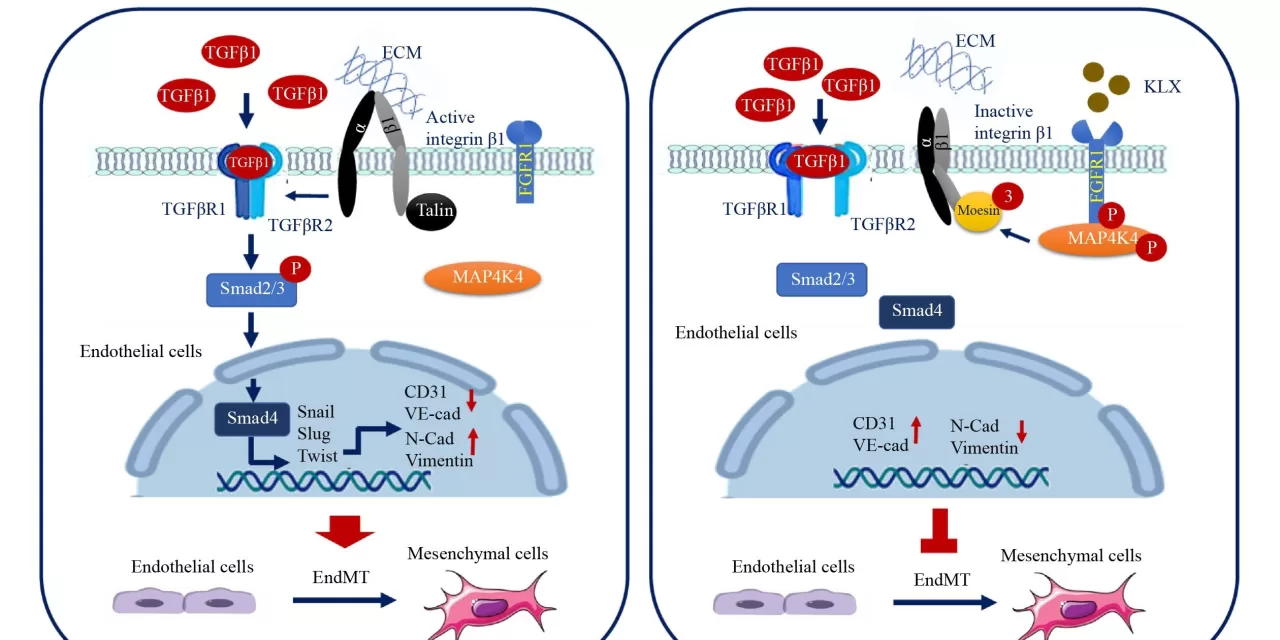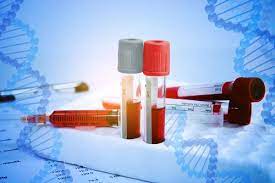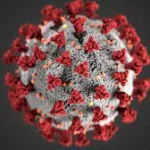Harbin, China – A new study from researchers at Harbin Medical University has unveiled promising findings on the anthraquinone compound Kanglexin (KLX) as a potential therapeutic agent for atherosclerosis. The research, recently published in Frontiers of Medicine, suggests that KLX may play a crucial role in preventing endothelial-to-mesenchymal transition (EndMT), a key process in the progression of atherosclerosis.
Understanding Atherosclerosis and EndMT
Atherosclerosis is a chronic disease marked by the accumulation of lipids and inflammatory cells within the arterial wall, leading to plaque formation and cardiovascular complications. One of the contributing factors to this condition is EndMT, where endothelial cells lose their characteristics and transform into mesenchymal cells, exacerbating vascular dysfunction.
Kanglexin’s Mechanism of Action
The study focused on KLX’s effects in human umbilical vein endothelial cells (HUVECs) exposed to transforming growth factor-beta 1 (TGFβ1)-induced EndMT, as well as in ApoE-/- mice subjected to a high-fat diet. Findings revealed that KLX mitigated morphological changes, reduced collagen synthesis, and preserved endothelial integrity. Additionally, KLX treatment lowered lipid accumulation, plaque formation, and collagen secretion in the aortic roots of the test mice.
On a molecular level, researchers identified that KLX activates fibroblast growth factor receptor 1 (FGFR1), which subsequently triggers MAP4K4 activation. This chain reaction leads to the inhibition of integrin β1 and suppression of the TGFβ/Smad signaling pathway, ultimately preventing EndMT and slowing the progression of atherosclerosis.
Clinical Implications and Future Research
The ability of KLX to modulate these crucial pathways positions it as a potential candidate for therapeutic intervention in atherosclerosis and cardiovascular diseases. However, further clinical trials and research are necessary to establish its efficacy and safety in human patients.
Reference
The study, led by Yixiu Zhao and colleagues, is titled The novel anthraquinone compound Kanglexin prevents endothelial-to-mesenchymal transition in atherosclerosis by activating FGFR1 and suppressing integrin β1/TGFβ signaling and can be accessed via Frontiers of Medicine (2024). DOI: 10.1007/s11684-024-1077-3.
Disclaimer
This article is for informational purposes only and does not constitute medical advice. The findings related to Kanglexin are based on preclinical research, and its safety and effectiveness in humans have not yet been fully established. Individuals should consult healthcare professionals before considering any new treatments.











